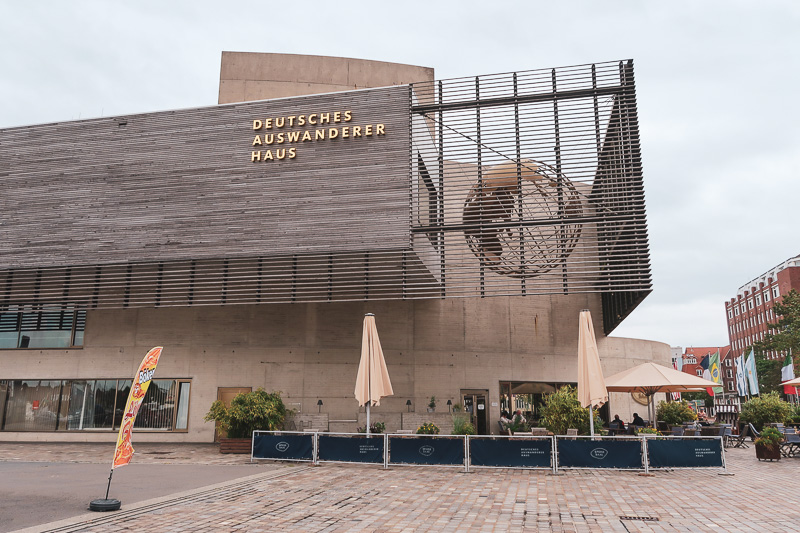Emigration overseas was a strong desire of many Europeans not only since the 17th century. Between 1830 and 1974 the German city of Bremerhaven was the largest emigration port in continental Europe. The German Emigration Center Museum at the New Harbor in Bremerhaven, in northern Germany, deals with this topic as well as with migration to Germany. The museum tour begins in a replica waiting-hall of Norddeutsche Lloyd, a renowned shipping company for transatlantic crossings. Regular line operations between New York and the New Harbor in Bremerhaven had existed since 1858. Direct connections to Baltimore and New Orleans soon followed. A picture of the terminal building of the NDL in Bremerhaven in 1871 is available here on Wikipedia. At the beginning of the 20th century, however, there were not only routes to America, but there were also regular trips from Bremerhaven, to Cuba, Brazil, Cape Town and Australia as well as from Australia to Manila, Hong Kong and Japan, but mainly as cargo shipping.
The tour continues through the German emigration centre Museum in Bremerhaven to the well-known hub for immigrants in New York, Ellis Island and then to the Grand Central Terminal. Only replicas, of course. Yes, every visitor receives a boarding pass for the tour with an RFID chip to activate the audio stations in the museum. In addition to the mementoes and reclaimed memories of emigration, as well as the reasons for them, a major focus of the exhibition in the German Emigration Center Museum is also migration to Germany and Europe. You should plan at least around 2 hours for the visit.
Address of the German Emigration Center Museum: Columbusstrasse 65, 27568 Bremerhaven
Opening times: daily 10 a.m. – 6 p.m.
Admission price: 15.80 euros for adults, 9 euros for children 5-16 years, photography 1.50 euros.
Website: dah-bremerhaven.de

Museum in what was once the largest emigration port in continental Europe




